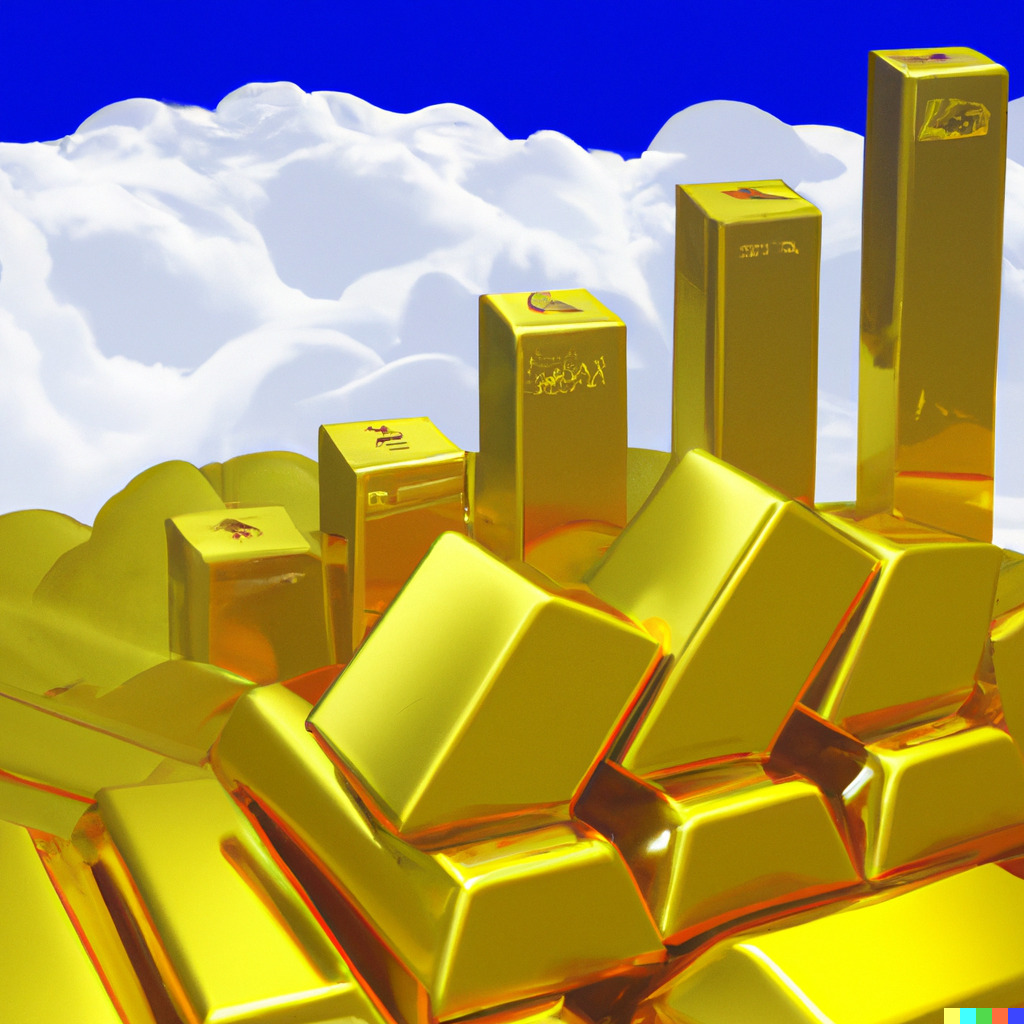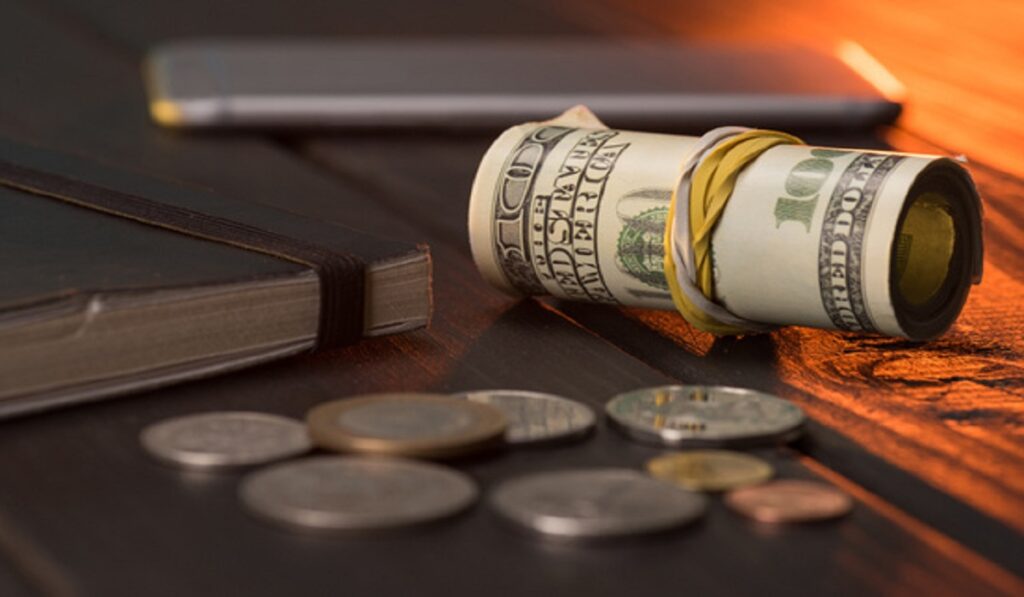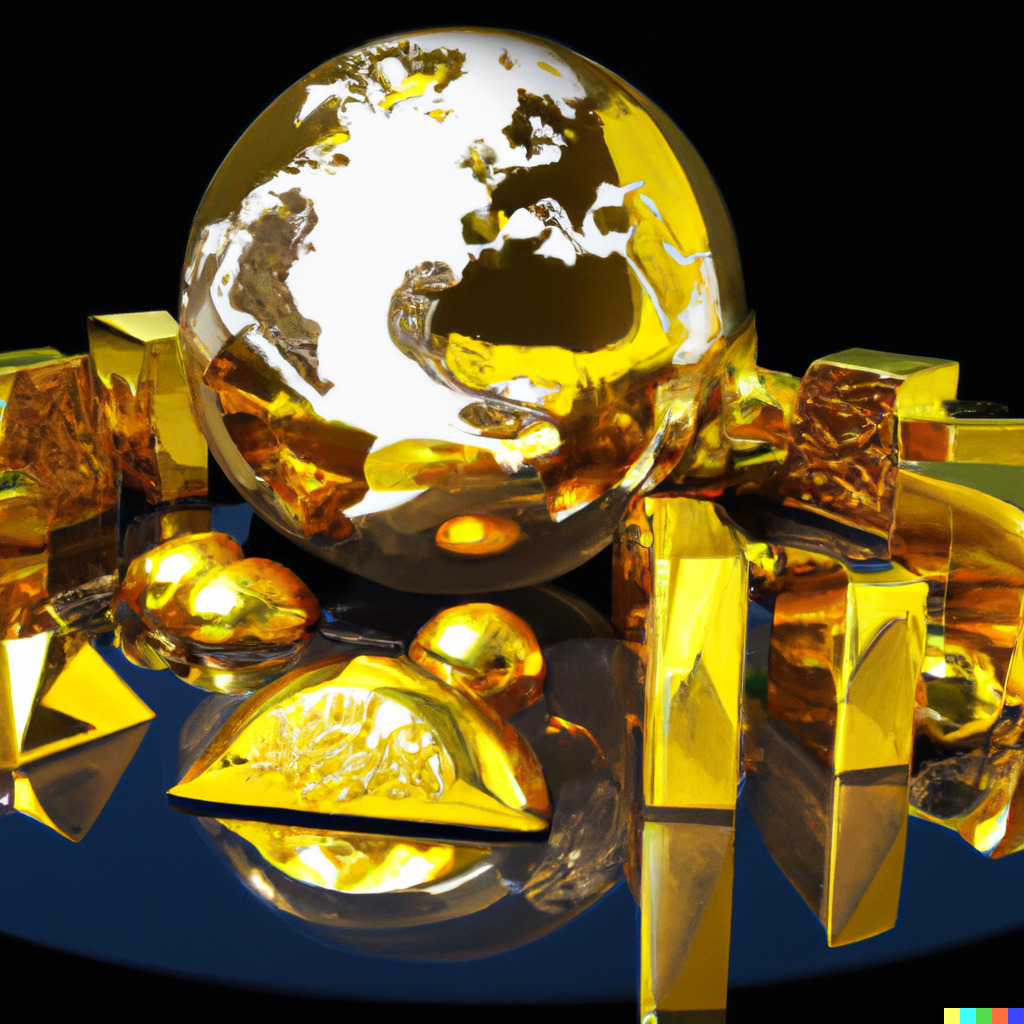Human Society’s Gold Explosion
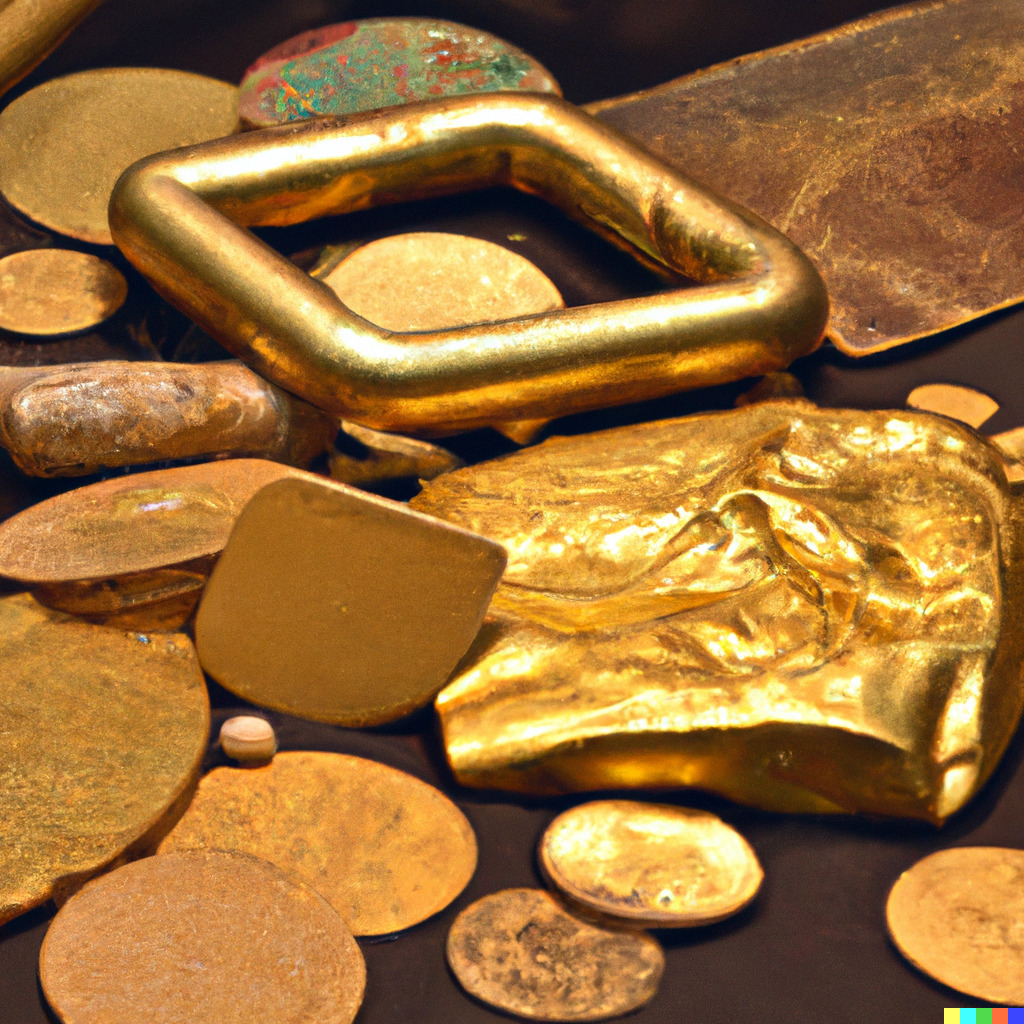
Gold has long been treasured as an emblem of power, wealth and beauty among humans. First used by Mesopotamia and Egypt civilizations along with those in India’s Indus valley to craft jewelry and other decorative objects made out of this precious metal, humans have since used gold as a mark of status and wealth.
Gold has played an instrumental role in world economies throughout history. It serves as an asset benchmark and many countries use gold-backed currencies as standardization measures for their national monies.
Gold has long been considered an illuminating commodity, yet over the centuries its role has transformed drastically. Once used to store value and facilitate exchange transactions, but these practices are no longer necessary with paper currencies and other financial innovations taking hold of society.
Gold continues to play an integral part of global economy despite this transition, valued for its beauty, rarity, and perceived stability. Gold can be used across various industrial applications while also highly prized in jewelry production or as decorative accent pieces.
Gold’s history is both captivating and complex. Since ancient civilisations used its precious metal to fuel global economic activity, its value and significance in human societies has only continued to increase over the millennia. Today it remains as valuable an asset in global economies around the globe as ever before.
Gold’s journey through human history
Gold has long been part of human culture. Long revered for its timeless luster and magnetic draw, gold’s glitter has long been used as ornaments and jewelry; more importantly, however, it played an instrumental role in shaping cultures, economies, and empires throughout time. We will take an exciting trip through time together as we discover all aspects of this fascinating metal!
Gold’s journey begins deep within Earth’s crust where geological forces have been working for millennia, when miners discovered nuggets or flakes near river beds millennia prior. Humanity was instantly fascinated with what lay hidden underneath. The dawn of discoveryalitat Gold began its life-story long before humans discovered its existence – beginning its story within our very own geologic processes that are at work today! The very first discoveries of gold captivated humanity.
Ancient Egyptian Gold Rush
Gold was first used by ancient Egypt. Egyptians believed it to be “nub,” or the “flesh of the gods”, reserved solely for use during religious rituals or by Pharaohs themselves – producing splendid treasures like Tutankhamun’s burial mask made entirely out of solid gold!
Gold Coins and Trade
In 7th century BC, Lydians in modern Turkey produced the world’s first standardized gold coins that revolutionized commerce and trade; acting as universal currencies that promoted economic expansion as well as cultural exchange across ancient societies.
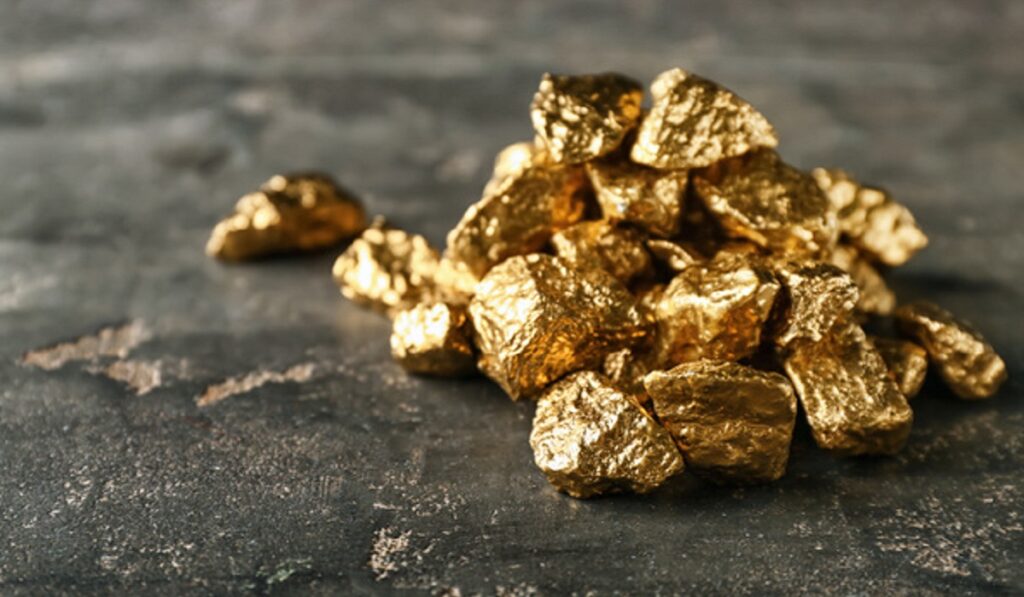
Gold in Empires
Gold has always been seen as a sign of power and wealth throughout history, from Roman coins used for minting coins and temple decorations, to Spanish conquistadors’ massive amounts brought back with them after conquering countries in Europe during their conquests which fuelled Renaissance movements by creating unprecedented financial landscape changes across continents. At its zenith of use during Roman rule alone was gold imported in huge amounts used as coins, temple decorations, or for decorating temples; at this peak period conquest by Spanish conquistadors brought record amounts back with them that changed everything – as did financial landscape changes on continents impacted by Spanish conquistadors as conquest brought a substantial increase of gold from Mexico that changed Europe drastically to begin changing financial landscape of continent based upon change; at its height during Roman rule when import of large amounts imported gold was imported that used in minting coin production as well as temple decoration; Conquest by Spanish conquistadors brought unprecedented amounts into Europe in 16th Century through Spanish conquistadors brought an extraordinary amount of gold into Europe during 16th Century; fuelling Renaissance, changing European financial landscape completely as this transformed Europe’s financial landscape forever thereafter resulting in dramatic fashion that led to change.
Gold Rush Era
Beginning with California’s Gold Rush of 1848 and spreading through Australia, South Africa and Canada during subsequent gold rushes – leading to mass migrations and city booms; spurring modern mining technology innovations; as well as spurring an economy tied to an ever increasing amount of gold; this period witnessed the birth of “gold standard”, where currency value would be linked directly with an amount of physical gold reserves owned by their nation’s central banks.
A Look Back on 20th Century History and Beyond
The 20th century witnessed unprecedented economic challenges. From the Great Depression and two World Wars to other crises, gold emerged as a safe-haven asset; consequently, in 1944 Bretton Woods Agreement established new global monetary system using U.S. Dollar as its reserve currency backed by gold reserves.
Gold was at the core of an economically fragile system until its unravelling began to accelerate in the early 1970s, prompting its suspension by governments worldwide. Gold has since played an increasingly complex role within global financial systems as central banks, investors, and individuals all use gold as an asset class and store of value against economic uncertainty.
Modern Gold:
Gold has long held our fascination, from symbolizing love and commitment on our fingertips and neck chains, to central banks storing it away in vaults to ensure economic stability for countries, to exchange-traded funds offering everyday investors access to an ancient treasure.
Gold’s allure transcends time. From jewelry and storage safes, to stock exchange trading floors and trading at auctions. Gold is timeless because of its stunning history that runs deep through human culture; when looking at an ornamented necklace or coin made from this precious material we feel connected with past generations that went before.

